Eyebrow threading has exploded in popularity in recent years thanks to its ease and reduced pain level. When it comes to hair removal, there are tons of options, from waxing to microblading, to tweezing and threading.
Depending on your particular hair removal needs, you can choose any of these options to get rid of unwanted hair, but threading seems to be a recent favorite. This centuries-old hair removal method that originated in the Middle East and South Asia gives you the most perfect, fluffy eyebrows, all with the barest of pain.
If you’re new to threading, there’s no doubt that you have a lot of questions about the process. This article answers all your pertinent questions about eyebrow threading so you aren’t clueless before your session.
What is eyebrow threading?
Many women swear by this beauty hack, including some of your favorite celebrities, but what exactly is it and how does it work?
Threading is a simple process. So simple, in fact, that the only tool used during the session is a thread, twisted this way and that to grab the hair and then pull it out clean from the roots, leaving nothing but smooth skin behind. If you have ever used an epilator before, then you have a working knowledge of how threading works.

How is threading different from waxing, though? There are two reasons: precision and pain. Waxing is so much more painful than threading as anyone familiar with it can tell you. On the other hand, threading is much less painful.
Additionally, threading is so much more precise than waxing. Where waxing creates straight lines in areas where the hair comes off, threading pulls the hair out one after the other, giving you a more natural look.
Eyebrow threading is so precise that it lets you choose which hairs you want to leave or get rid of, which gives you a fluffier, more natural-looking pair of eyebrows.
Benefits of eyebrow threading
There are several benefits of threading. It is much gentler on the skin than waxing, which pulls on the skin and can even cause redness and injury. Waxing usually involves heat and chemicals, so use in sensitive places, like near the eyes is not recommended because it can cause breakouts and damaged skin.
On the other hand, threading uses soft material on the surface of your skin so the probability of it causing damage is very low.
Furthermore, if you have sensitive skin, then threading should be your first choice for facial hair removal as the chances are you can’t stand the harsh chemicals on your skin.
Does it hurt?
Of course. Anything that involves hair pulling is bound to hurt. If that wasn’t the response you were expecting, sorry.
However, if you’re super nervous about this, there’s no need to be, it doesn’t hurt nearly as much as other kinds of hair removal methods. Think of it as a slight pinch as the thread removes the hair from the roots.
If you’re nervous about it, you can get a preview before the session; ask your threading expert to try out the process on the back of your hand first. While your hand and eyes are sensitive in different ways, doing this can give you an idea of the scale of pain you should get ready for.
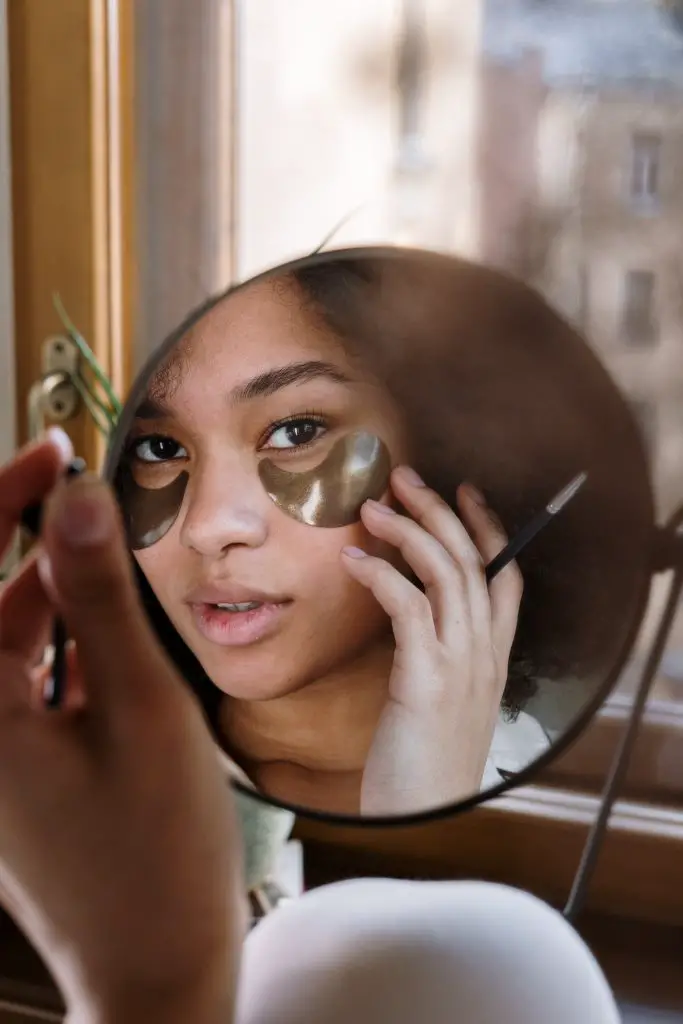
If after the session, you feel a degree of pain or sensitivity, then you can use a cooling gel to soothe your skin and get rid of any after-effects.
How to prepare for a session
To get the most out of your threading appointment, there are a number of things that you should do. If you keep these things in mind and follow them to the letter, you should have a relatively pain-free session while getting the most out of it.
- Don’t touch your brows before your appointment. To get the most out of your session, let your brows grow out as much as possible, and don’t use tweezers or anything else to try to touch it up before your stylist. If you do, then your expectations might not match the reality, especially after the hair starts to grow out.
- Exfoliate your face and brows. This will get rid of ingrown hairs, flaky skin, and dry skin cells thus making your session less painful and more rewarding.
- Before your appointment, ensure that you’re not wearing any makeup. If you are, make sure that you remove all traces of makeup with a gentle cleanser before your appointment. It is common for people to have watery eyes; minimize your post-threading cleanup by going makeup-free.
- Communicate with your stylist. Let them know exactly what you’re expecting—if you have a certain look in mind for your eyebrows, then let them know. This will ensure that you get the most out of your session.
How long do the brows last?
Depending on how fast your hair grows, threaded brows can last anywhere from two to five weeks. You can also get touchups between your appointments—these are less painful and take a lot less time than actual sessions. You can choose to do these at home by yourself or you can go to the salon.
You may also be able to go longer between sessions as the hair grows back sparse and finer because it is being pulled out from the roots. So, your fluffy, well-done brows could stay that way for longer until you can probably go for months without visiting a salon.
Conclusion
Eyebrow threading is a beauty hack for hair removal that has been around for centuries but only started returning to the mainstream. More women are embracing this hair removal method because of how efficient, quick, and how much less painful it is compared to other hair removal methods.
What’s more, who wouldn’t want to take advantage of a hair removal method that lets you go without salon visits for up to 5 weeks at a time and offers more precision than so many more methods? Take advantage of this beauty hack but don’t forget to be well-prepared for this session so that you can get the most out of it.
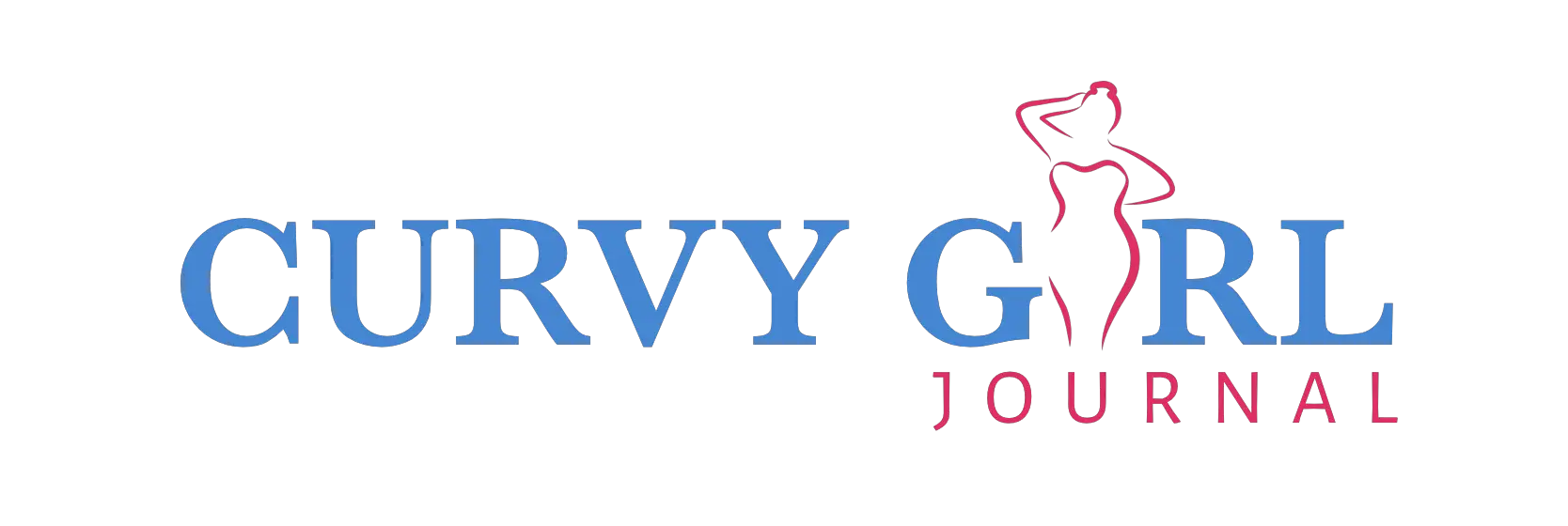
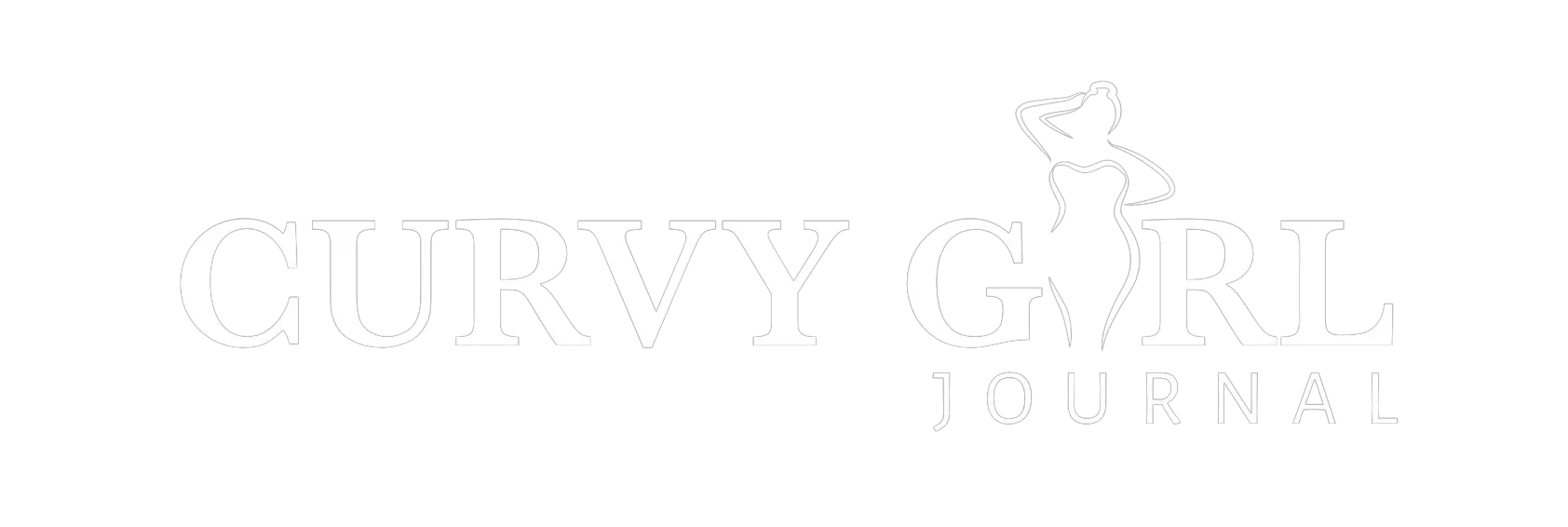






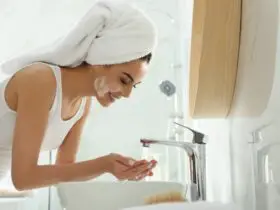


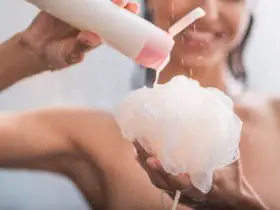


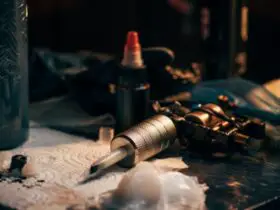


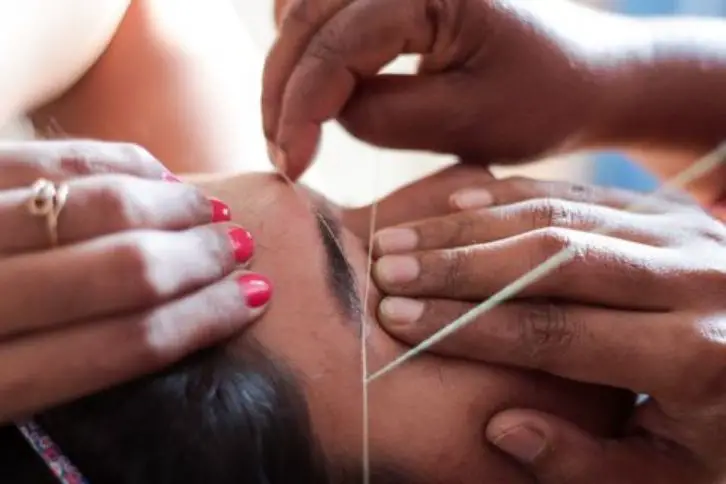
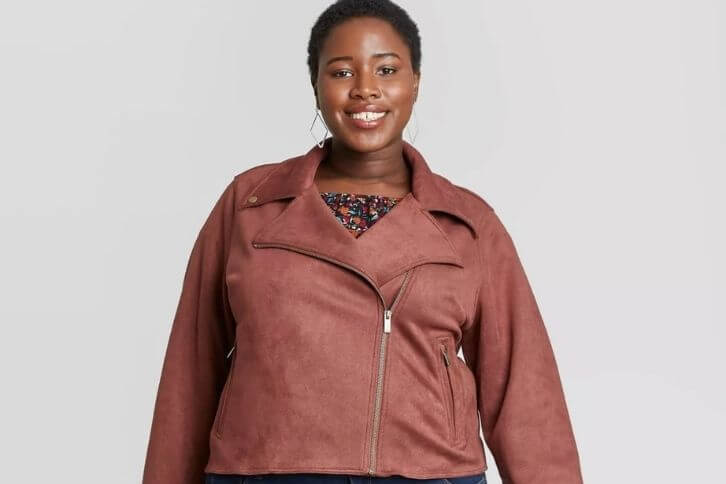
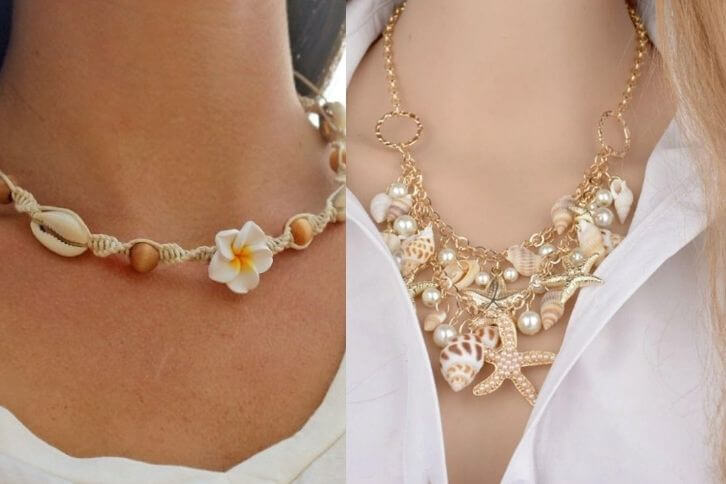
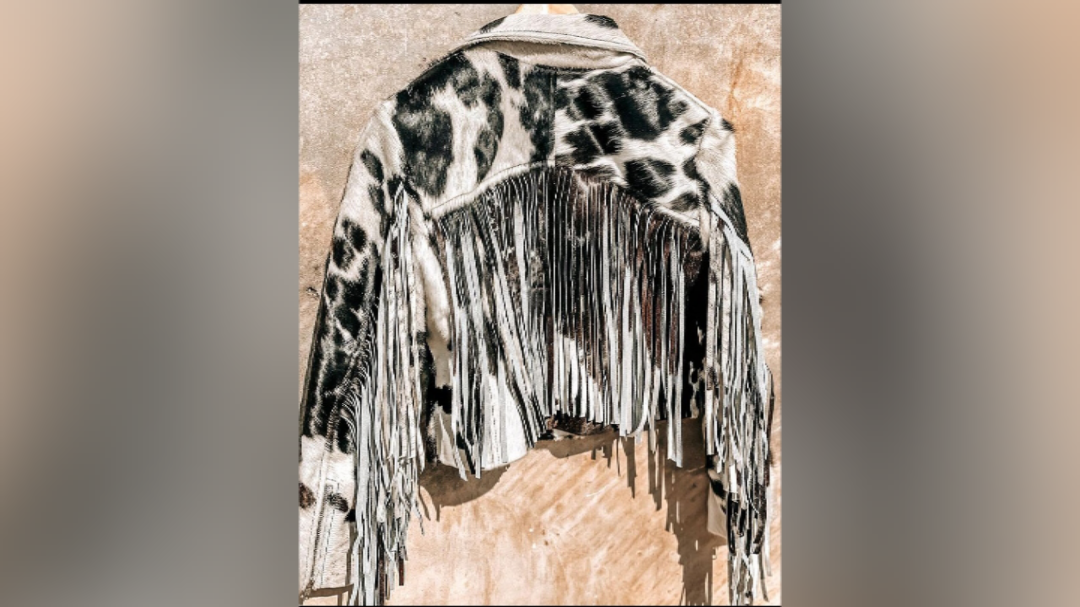
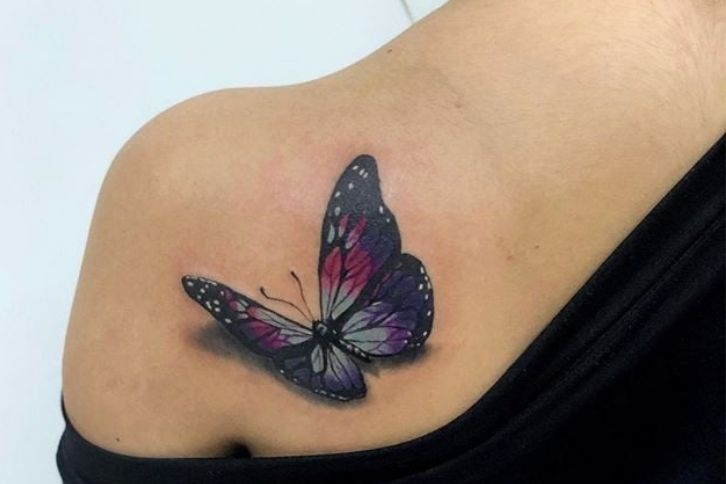
About Me
Fashion & Beauty Enthusiast
Hi, I'm Fanti. I'm a fashion, beauty, and lifestyle enthusiast, and the ultimate curves queen. Here, I share beauty, fashion, and lifestyle tips to teach, inspire, and give confidence to all women.